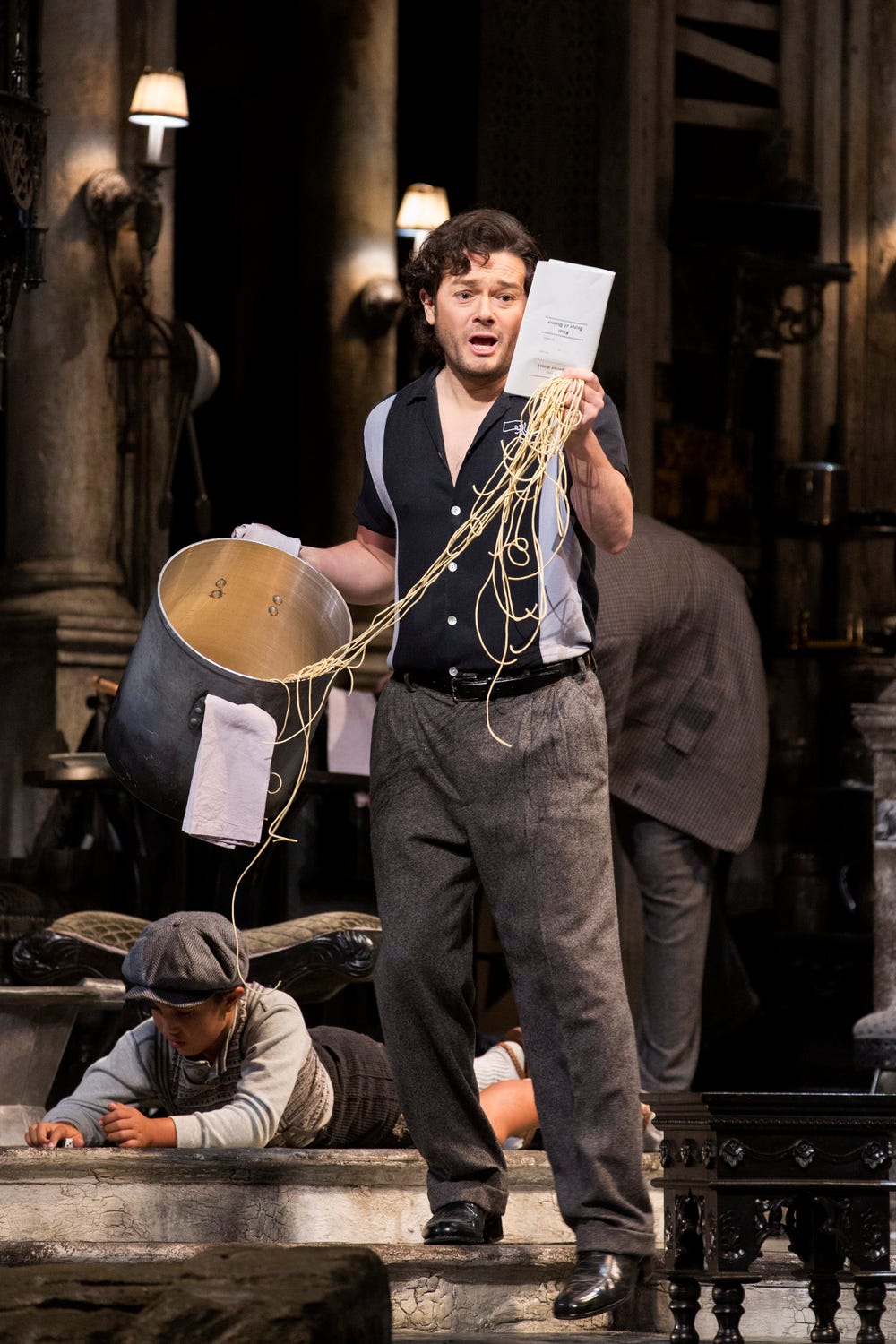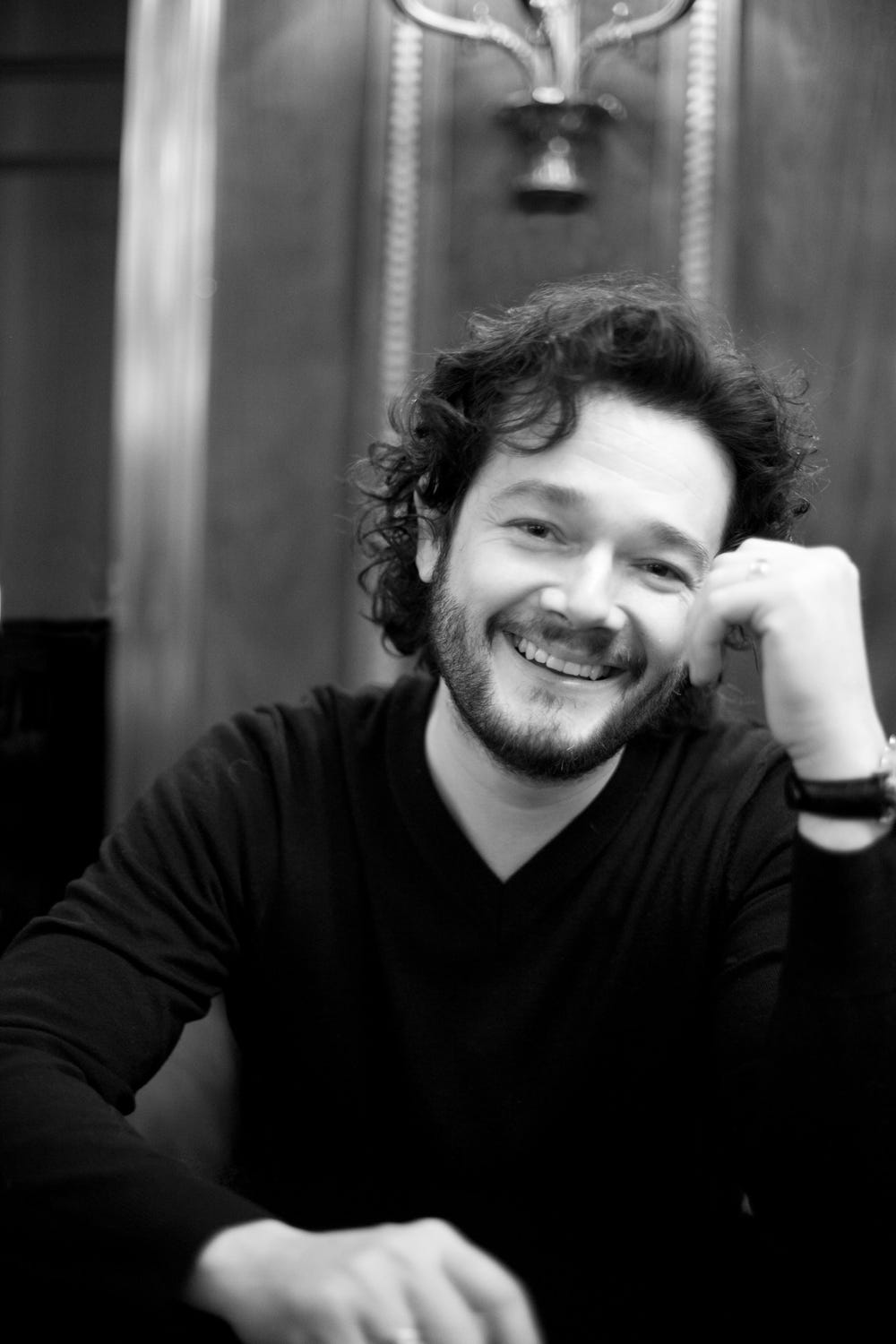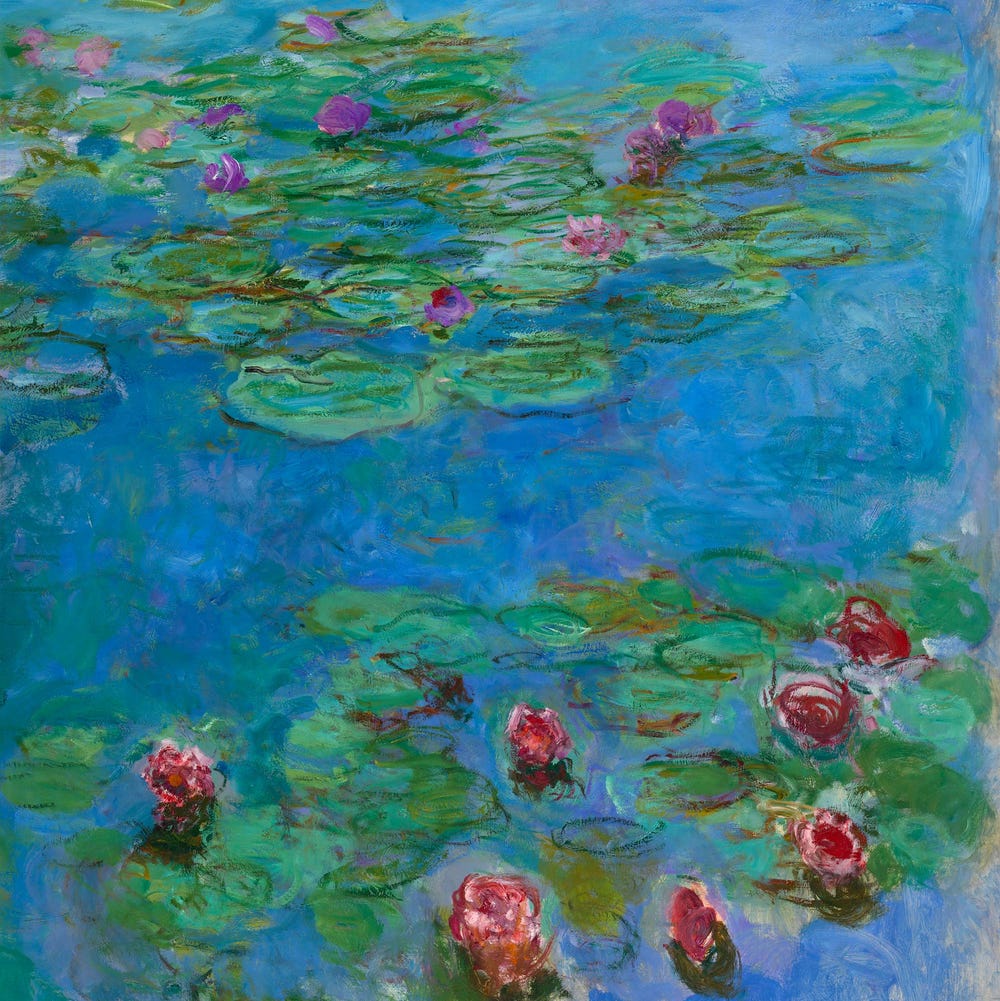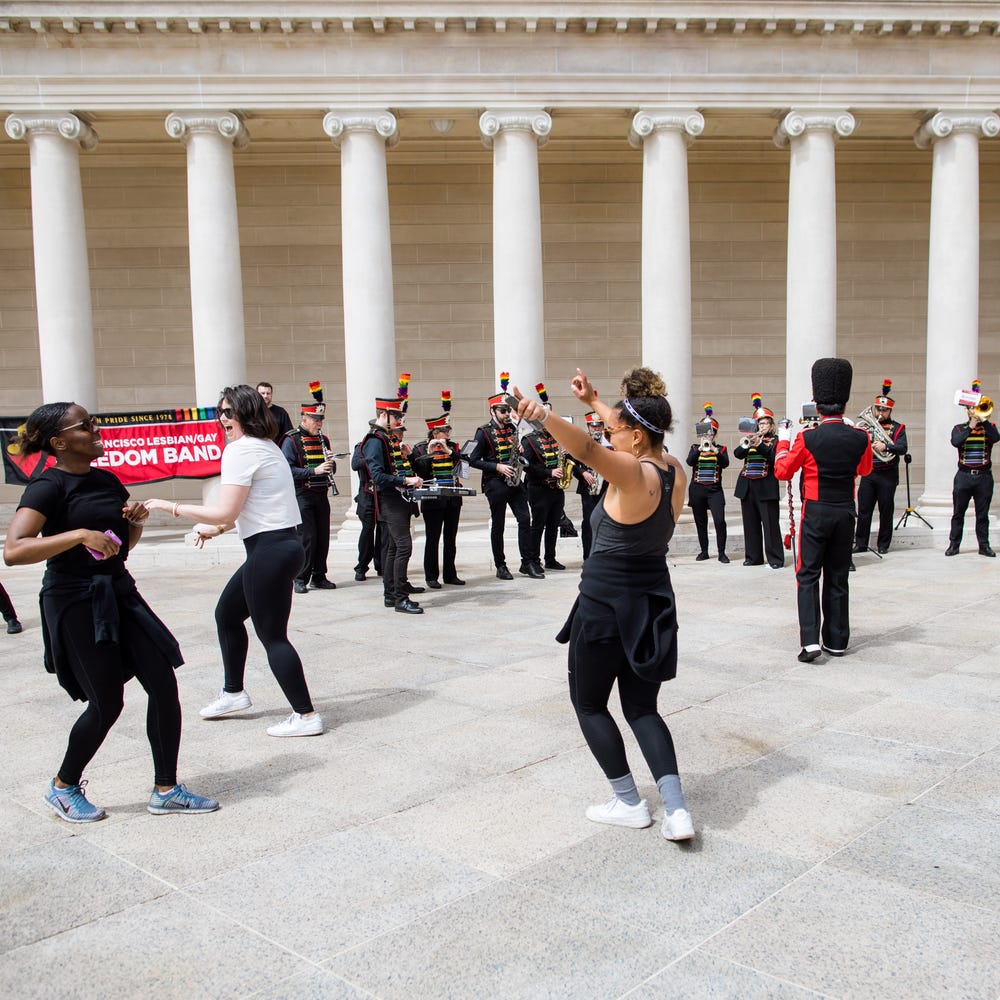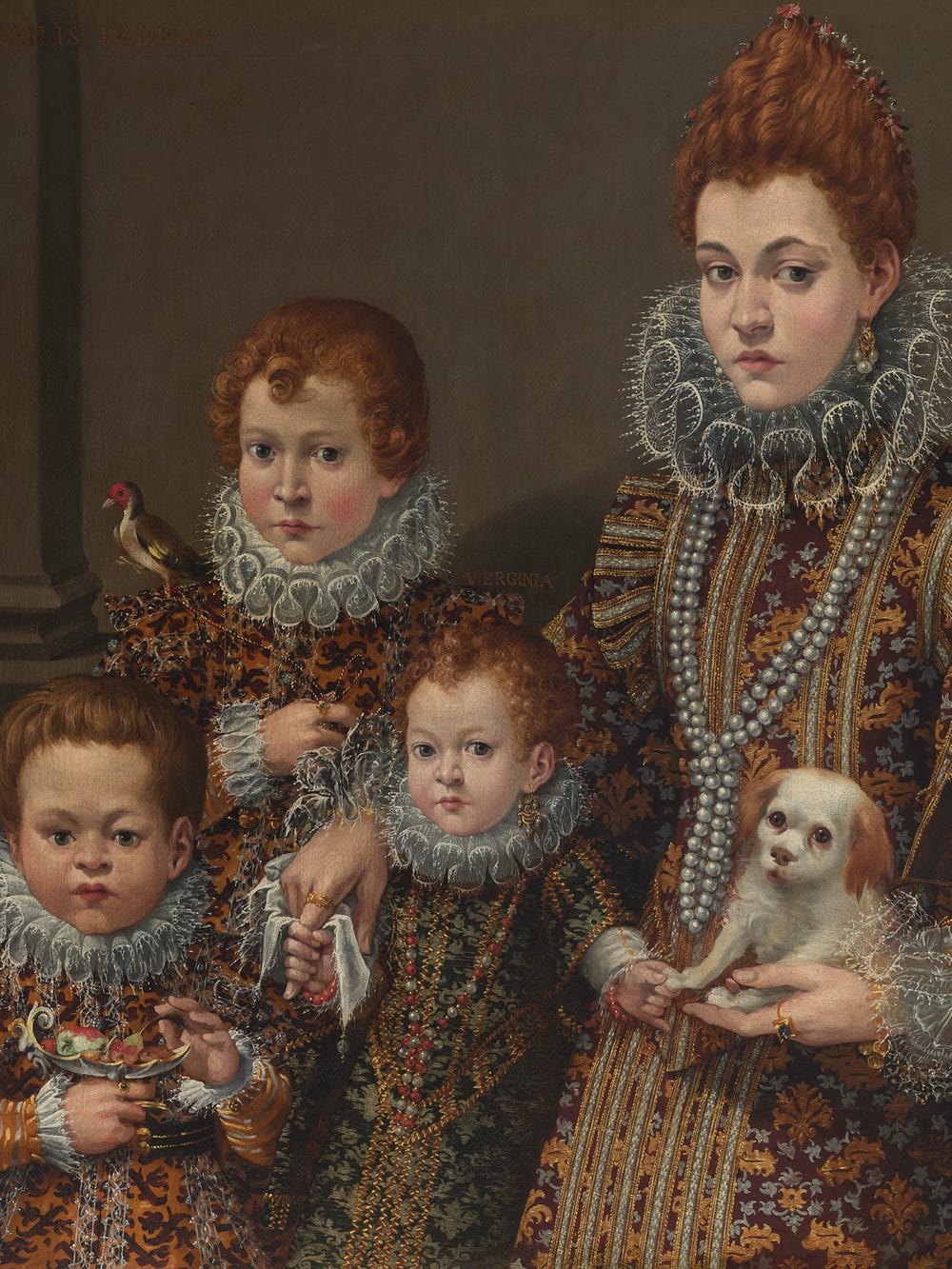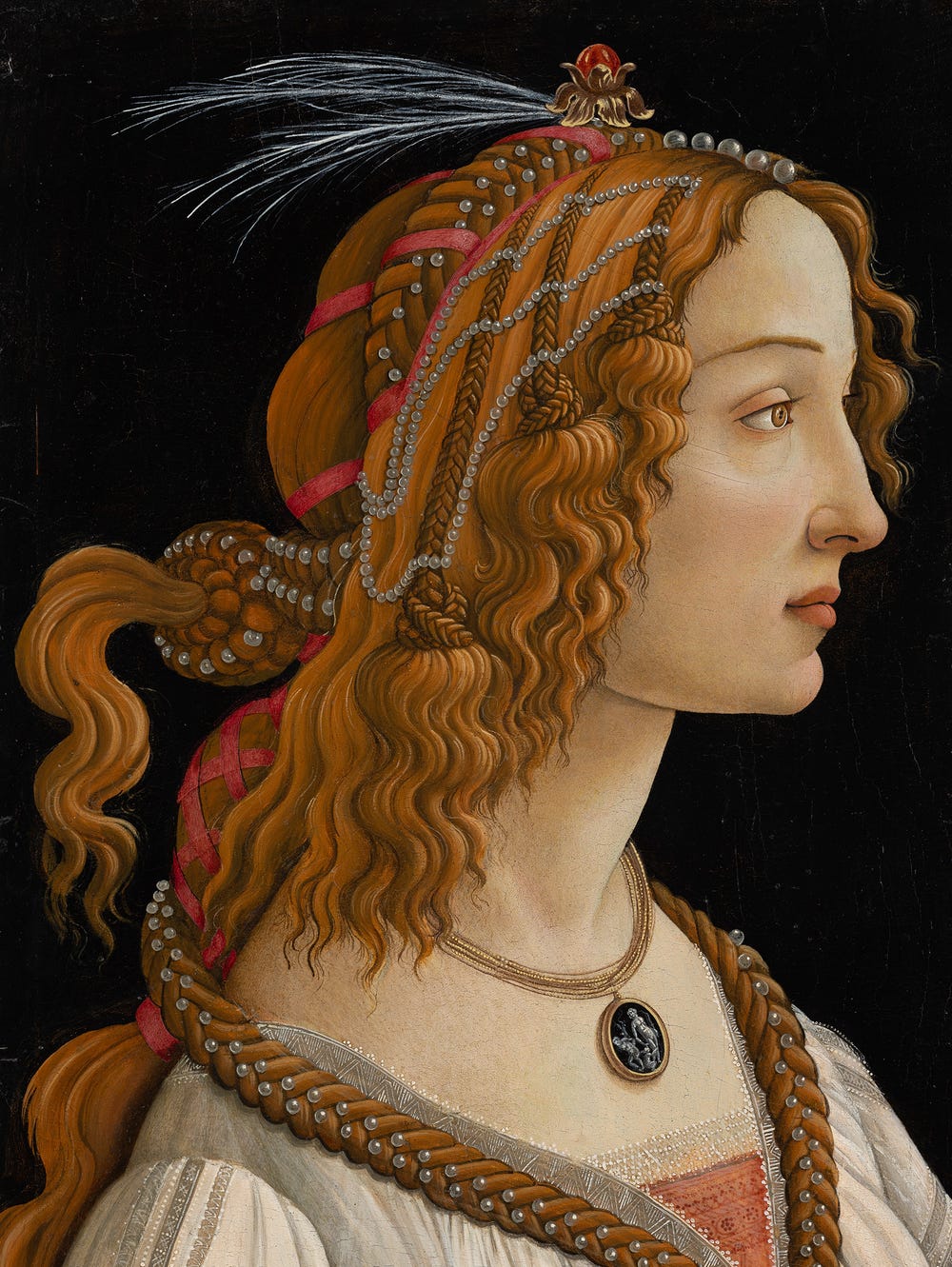While he's regarded today as one of the most famous and revolutionary painters in history, Claude Monet was rejected often throughout his youth by the Salon, France's state-sponsored art gallery. Monet: The Early Years features the works of a young emerging artist, whose experimentations with light and form were not always accepted by the art community at large.
For this two-part series, the Fine Arts Museums of San Francisco spoke with two artists in the Bay Area about their most memorable rejections, and the paths that unfolded after their early setbacks. The portrait of a struggling artist is no cliche, but the story of success is always unique.
Our first feature was on Jahna Frantziskonis of the SF Ballet and her journey as a ballerina. Here, we speak to Arturo Chacón-Cruz, who stars as Rodolfo in the San Francisco Opera’s summer season production of Puccini’s La Bohème. Mr. Chacón-Cruz, a tenor, is returning to the SF Opera after his 2012 debut as the Duke of Mantua in Rigoletto.
Photo courtesy of MV Talent and PR Agency
When asked about a memorable rejection from his early artistic career, Mr. Chacon-Cruz recalled an agent who told him to get a “temp job” instead of continuing to go to auditions. “It made me re-evaluate everything. I left that agency and surrounded myself with people from whom I could learn, and who would tell me the hard truths while believing in my potential. I had to get rid of my pride and work on getting better every day. After a few months, I did my first tour of auditions in the U.S. and Europe, and came back with a handful of important contracts,” he said.
Photo courtesy of MV Talent and PR Agency
Monet himself kept submitting paintings to the Salon de Refuse, the alternative venue to the Salon, after the mainstream gallery rejected his works. Mr. Chacon-Cruz said it’s not uncommon for artists to hold on to early rejection letters, and keep putting themselves out there. “I've heard many colleagues say that they've saved their rejection letters from apprentice programs to publish when they are famous.”
Does Mr. Chacon-Cruz have any advice for young artists struggling to gain recognition? “Raw talent will only take you so far. Discipline, hard work, and a healthy perspective of your own strengths and limitations will be the key to being happy as an artist. In my book, a happy artist is a successful one.”
For more inspiration on the perseverance of young artists, visit Monet: The Early Years at the Legion of Honor, through May 29, 2017.
By Sarah Goldwasser, Spring 2017 content development intern at the Fine Arts Museums of San Francisco.

